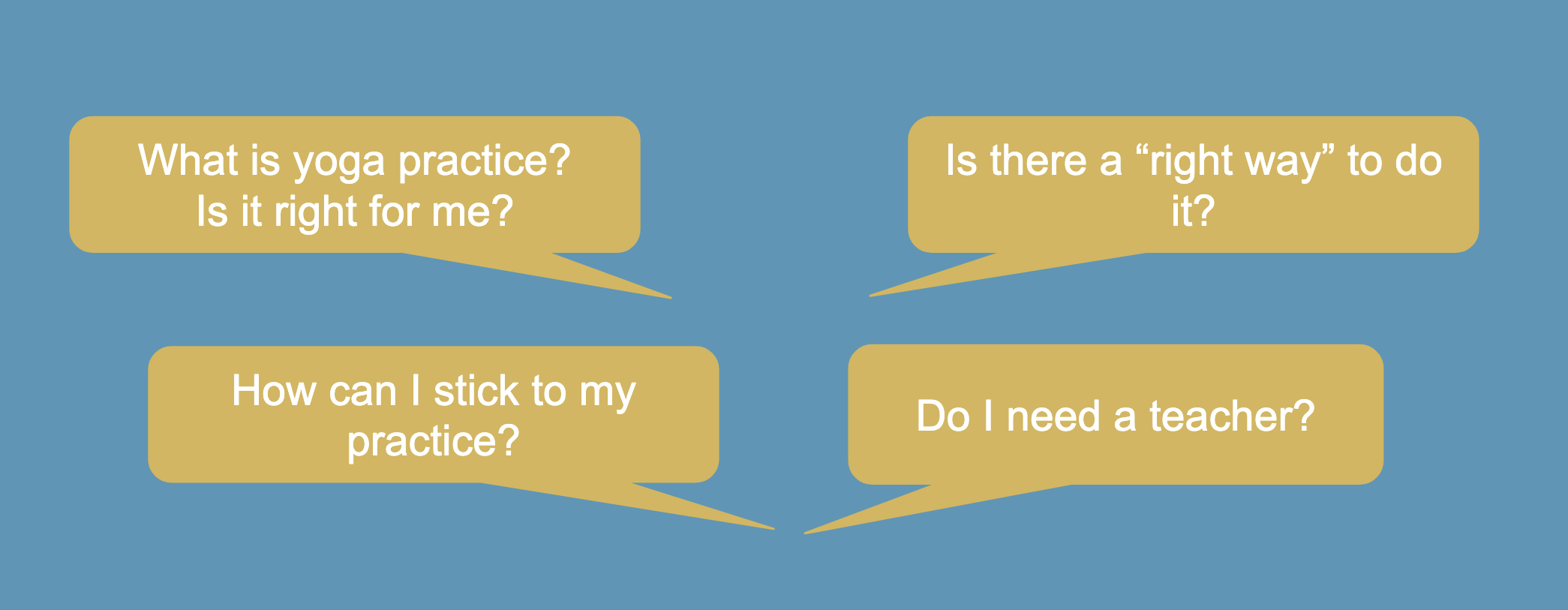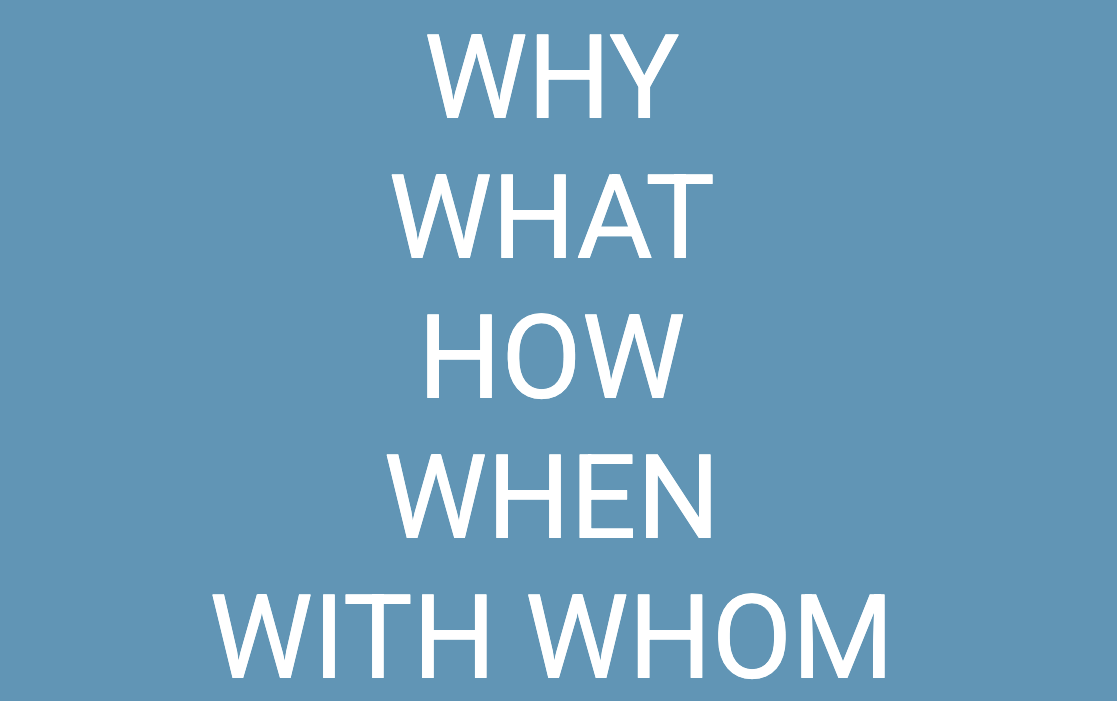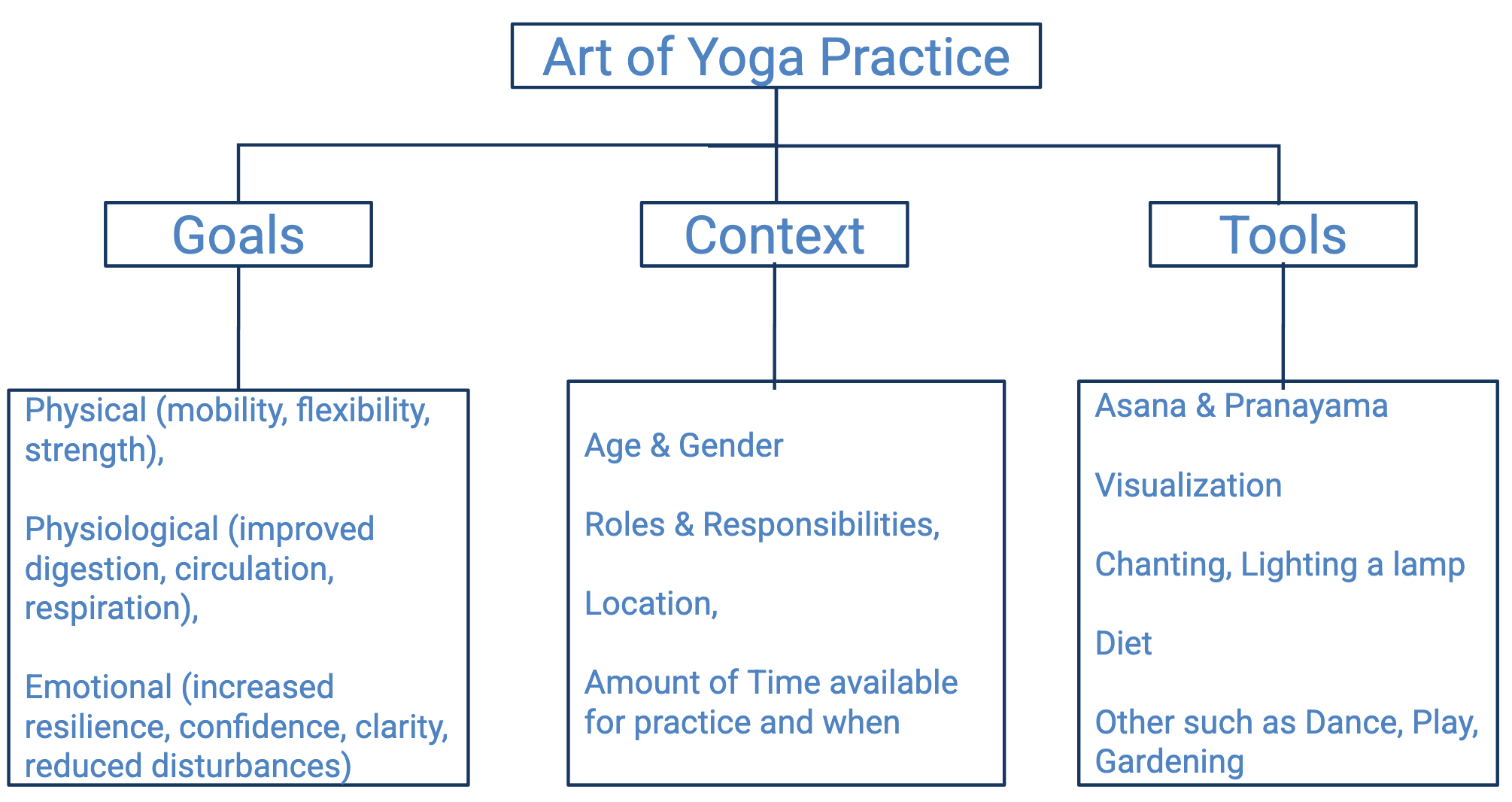The art of Yoga practice
We often get these questions from people who connect with us, or are working with us to build a practice through our yoga therapy or group classes. So we got together as a team to discuss the idea of practice.
Our prompts for our discussion were the following: (Only difference from ChatGPT or any other AI software is that our answers are not canned but come from a place of understanding of the fundamentals and deep caring!)
What are our ideas about what practice means to us? What is it that we consider practice to be, why?
(The importance of practice has already been addressed in our previous post).
Radhika: What comes up for me when I think of the idea of practice is - what brings me back to my practice. First is holding some intention for why do I want to practice in the 1st place? Is it to ease pain? Build strength? Feel anchored? Feel energized? Develop attention? To have clarity on that has been important for me.
Radhika: At the same time, I can become grasping or very goal oriented about it. When that happens, it helps me to put my faith, sraddha, in the teacher who gave me the practice. Or even if I create a practice for myself, with some intention or intuition about it, just to have some faith that this is what I will do, and not to cling on to the outcome. This helps me be focused on the experience of the practice rather than whether I have reached the goal that I set out with.
As I do the practice, it will give some guidance of the next steps. One must hold the question of, is there a movement from place A to place B or is my practice becoming a repetitious and mindless habit? Am I getting to somewhere where I could not be?
Akila: When I thought about what practice means to me, what came up for me is the regularity of doing anything I take up - an asana, pranayama practice, or a meditative practice. Practice is like a reminder to the satyam or the truth of life. It helps me assess where my location is with respect to the truth.
Akila: I usually won't be able to hold it very lightly. I take it too seriously, and over a period of time, it becomes a rather monotonous routine sometimes. Then, I shake up and go back to like why am I doing this particular practice? I go back to the drawing board and think about it. And so that process keeps happening.
Radhika: I 've pretty much stopped holding very rigid expectations of myself about my regularity, whereas I do hold an inquiry about what is impeding me from showing up or getting to the practice. Is it just that I don't feel like it or I don't have the energy for it? Or do I have to sleep on time, eat differently, or do things differently to conserve my energy.
Raji: The idea of practice is one of the simplest ideas in Yoga philosophy, and I think it's easiest for me to hang on to that and put my faith in it. I really like the word Sraddha, that Radhika used. I like to think of it as the 5 w's Why am I doing this? What am I going to do? How am I going to do it? When and with whom?
Raji: There's a lot of confusion around why to take up a practice. There is so much information hitting us everyday. One could do yoga or something else and people are getting very confused about which way to go. So it's important to know why you are adopting yoga practice, and to give it some time to start showing benefits. Consistency rather than intensity or repetition is much more important! If you could do it 2 or 3 times a week on a regular basis that can yield so many good results that are very surprising.
Being clear about ‘why’ also stems the incessant questions in the back of my mind - is this going to work for me? We are often bringing the weight of all that confusion, worry and cynicism - was the intense enough for me? Maybe the teacher is making the practice too slow for me? Maybe this is not the right teacher? So just to adopt it and do it with some clarity of why you are doing it and stick with a teacher. Then the teacher is guiding you, and you are just following that. So there are no second thoughts.
‘When’ is a very interesting question, because it so happens that every time you begin a practie like meditation or a Yoga practice, all your other responsibilities will start visiting in the form of conflicts - maybe I should be looking after my home. Maybe my child needs something. The mind is such a clever thing that it'll get in the way of practice. So identifying a suitably practical time to do it and being regular with it is essential.
Anita: I have quite a few thoughts after listening to you all. So one aspect of the practice is the goal that all of you mentioned. I may have a certain goal based on my understanding, but when I meet a teacher, then s/he can bring other goals from their experience/knowledge and expertise.
Anita: Sometimes I may go to the teacher only with a physical goal, whereas the teacher may be seeing the interconnections between the physical, physiological and the emotional and therefore hold a more nuanced goal for me. The goal can be at multiple levels, but held together because we are not fragmented beings as only the body or the breath, or the mind.
Then comes the context. Understanding the context is very important before deciding what to do, when to do etc. The teacher can take into account where you are located, what is the physical space that's available for you to do the practice, what would be a feasible time of the day for you to practice (considering the responsibilities in your life), the duration of the practice, how often you need to practice (once or twice a day?), and what can you start with. When a practice is created taking all these things into consideration, not only will it help you move in the direction of your goal, there may be lesser hindrances for you to practice.
Once we have a goal, an understanding of the context, the next question is what to do. When we think of yoga - we often think of only asana, pranayama or meditation as a tool. But there are many other tools in Yoga. Chanting, reflection, connecting to your ishta-devata are all tools that we can use. Diet is also a very important part - What to eat, what to avoid eating etc. Becoming aware of what is in my field of change and what is not, connecting to the sacred, simply lighting a lamp - there are many ways that one can reach the goal and an experienced teacher can help identify what would work best at the moment, given your current context. If an obstacle arises in one’s practice (including not being able to practice), then reaching out to a teacher, colleague to identify ways to go around it is helpful.
More to come in part 2 of the conversation






